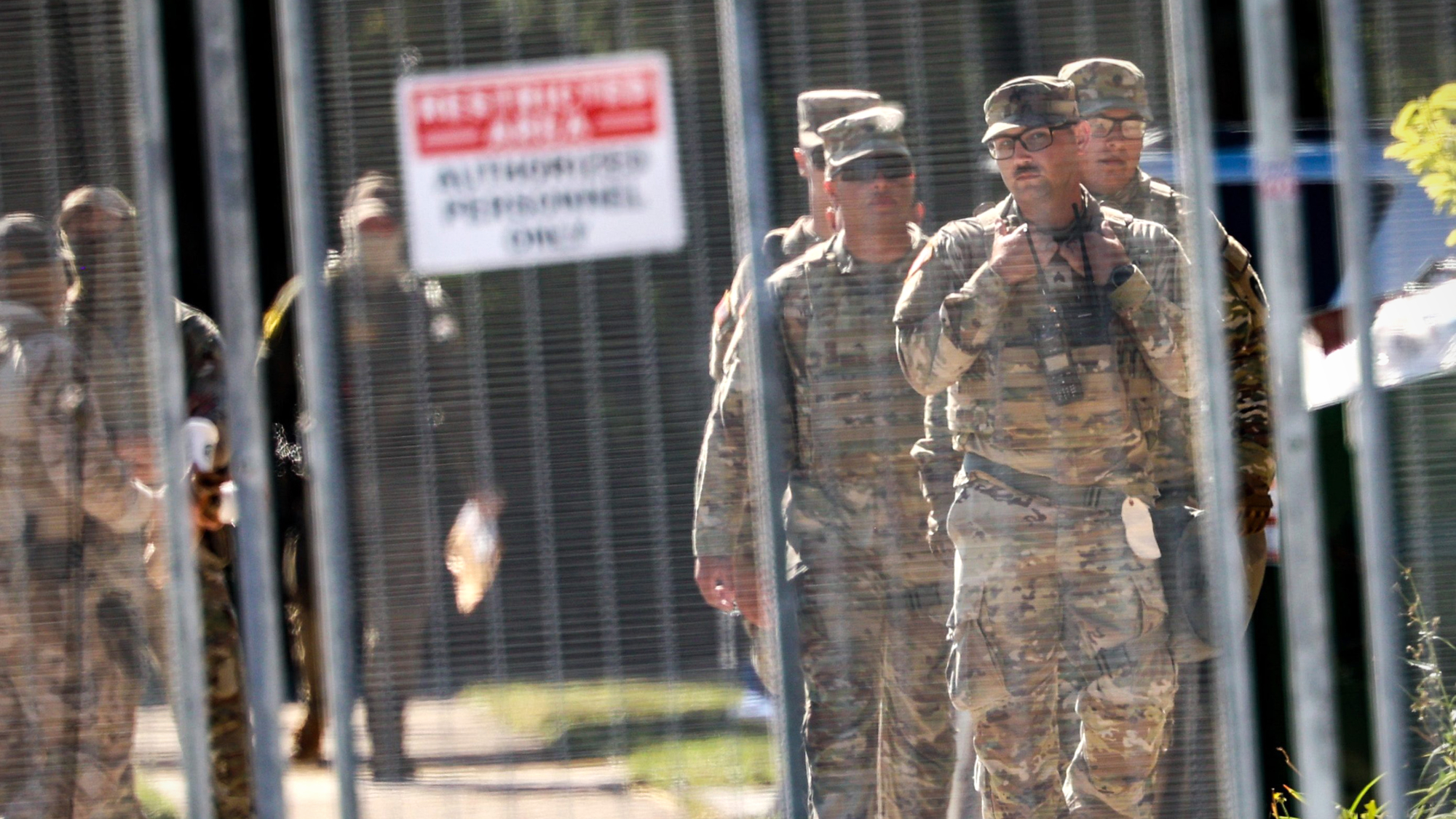The week at a glance ... Europe
Europe
Saudi prince murdered lover: A grandson of Saudi Arabia’s King Abdullah was found guilty this week of murdering his servant at a posh London hotel after the two returned from a Valentine’s Day evening out. Prince Saud Abdulaziz Bin Nasser Al Saud at first denied killing Bandar Abdulaziz, who was found dead in bed with broken ribs and bite marks on his face and arm. But after police retrieved footage from a hotel surveillance camera showing the prince attacking his servant in the elevator, Saud admitted to the killing. Prosecutors argued that the murder had a “sexual element” and produced witnesses who said the two men had long had an abusive and intimate relationship; the prince’s defense team spent much of the trial denying that.
The Week
Escape your echo chamber. Get the facts behind the news, plus analysis from multiple perspectives.

Sign up for The Week's Free Newsletters
From our morning news briefing to a weekly Good News Newsletter, get the best of The Week delivered directly to your inbox.
From our morning news briefing to a weekly Good News Newsletter, get the best of The Week delivered directly to your inbox.
Celibacy still ‘pure’: Pope Benedict XVI defended the celibate priesthood this week, saying celibacy isn’t the cause of priests’ sexual molestation of children. In a letter to seminarians, the pope said he understood that because of the scandal “many people, perhaps even some of you, might ask whether it is good to become a priest—whether the choice of celibacy makes any sense.” But he said that while he feels “profound shame and regret” for the global sexual-abuse scandal, the priestly mission with its celibate life is still “great and pure.” The letter marks the first time that the pope has spoken of celibacy in the context of the sexual-abuse scandal. It’s viewed as a response to a suggestion by Belgian bishops that the church consider allowing priests to marry.
Berlin
First Hitler exhibit: Germany has opened its first museum exhibit on Adolf Hitler since World War II. The German Historical Museum’s show, Hitler and the Germans: Nation and Crime, focuses on the complicity of the German people in the rise of Nazism. For decades after the war, German students were taught that Hitler had effectively hijacked the nation. “That much of the German people became enablers, colluders, co-criminals in the Holocaust” is now a mainstream view, said political analyst Constanze Stelzenmüller. “But it took us a while to get there.” The exhibit consists largely of everyday objects that ordinary Germans made to glorify their leader, such as a tapestry—interspersing images of townspeople, the Lord’s Prayer, and swastikas—woven by women at a church.
A free daily email with the biggest news stories of the day – and the best features from TheWeek.com
-
The news at a glance...International
feature International
-
The bottom line
feature Youthful startup founders; High salaries for anesthesiologists; The myth of too much homework; More mothers stay a home; Audiences are down, but box office revenue rises
-
The week at a glance...Americas
feature Americas
-
The news at a glance...United States
feature United States
-
The news at a glance
feature Comcast defends planned TWC merger; Toyota recalls 6.39 million vehicles; Takeda faces $6 billion in damages; American updates loyalty program; Regulators hike leverage ratio
-
The bottom line
feature The rising cost of graduate degrees; NSA surveillance affects tech profits; A glass ceiling for female chefs?; Bonding to a brand name; Generous Wall Street bonuses
-
The news at a glance
feature GM chief faces Congress; FBI targets high-frequency trading; Yellen confirms continued low rates; BofA settles mortgage claims for $9.3B; Apple and Samsung duke it out
-
The week at a glance...International
feature International


